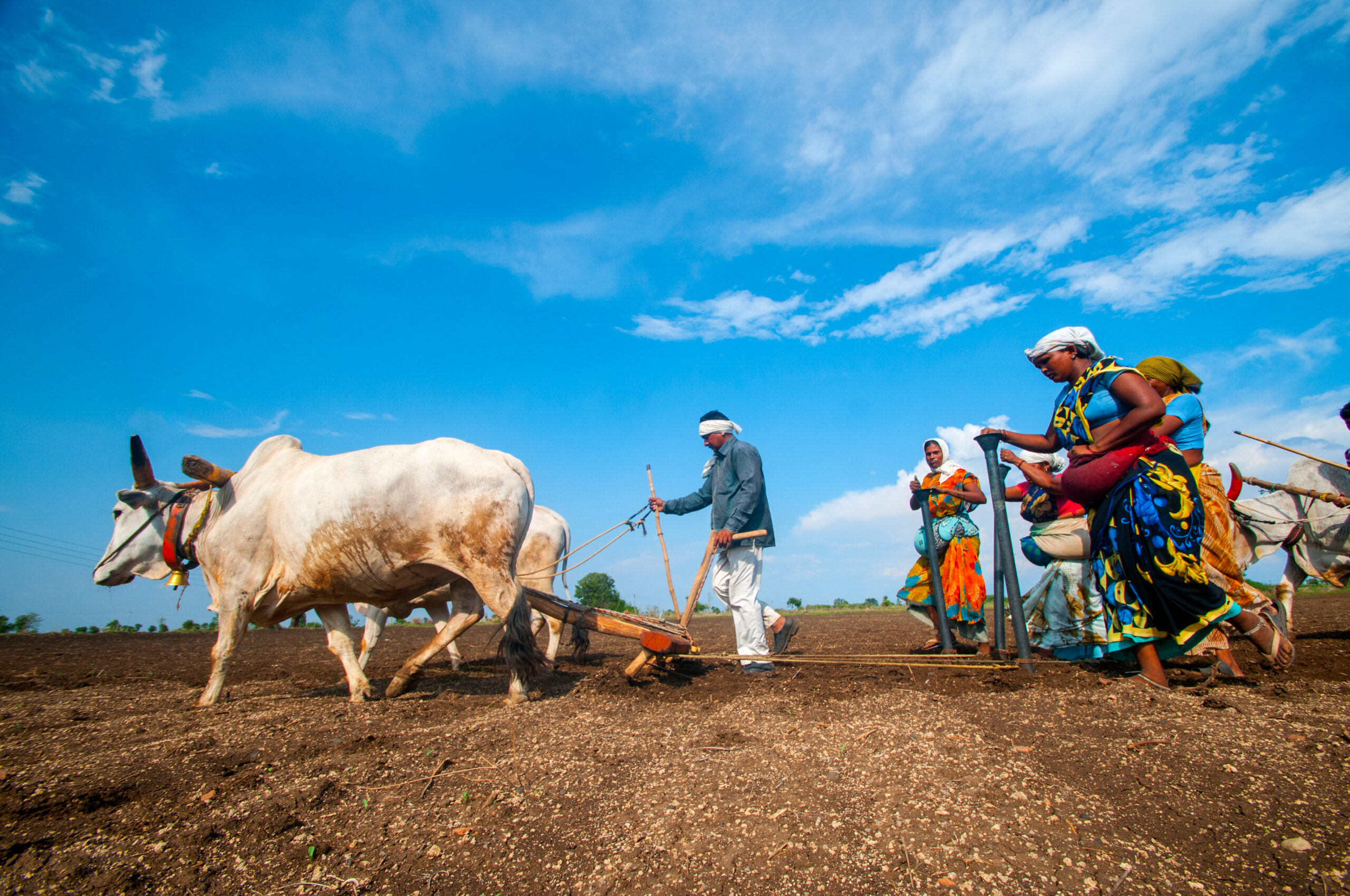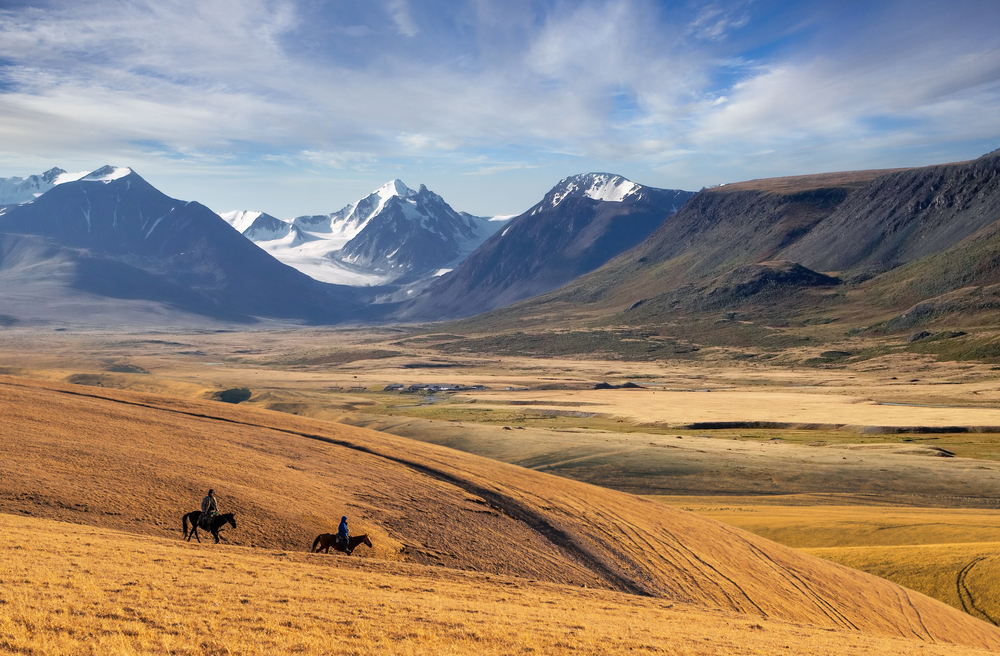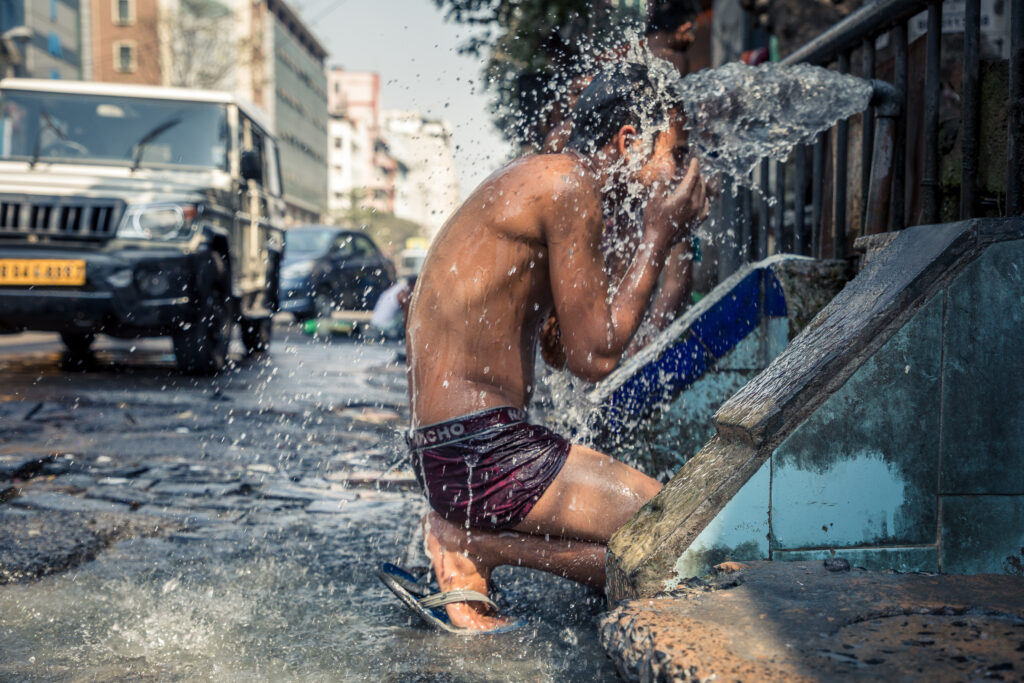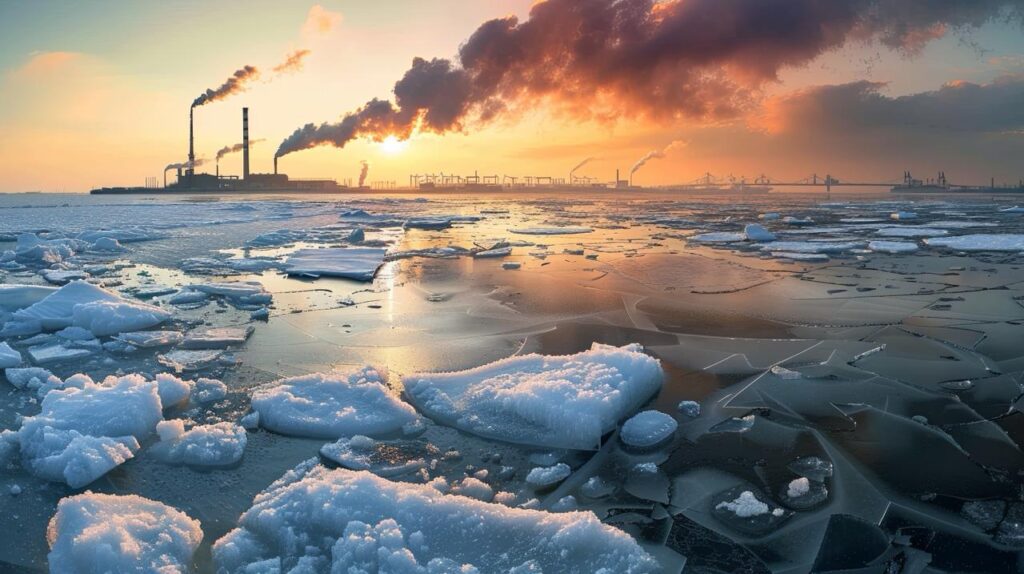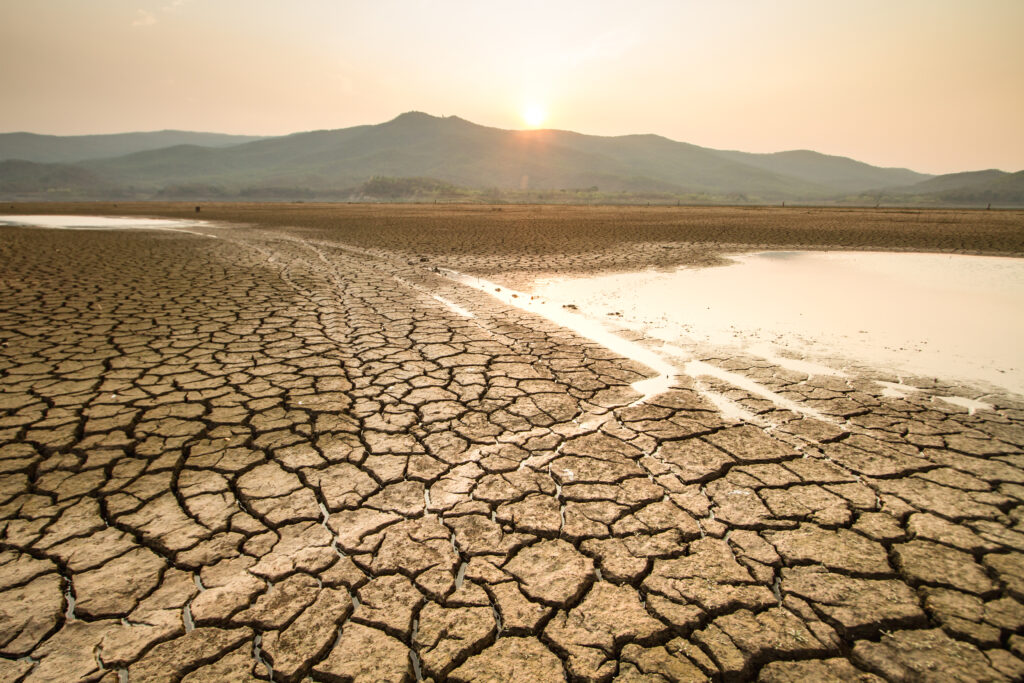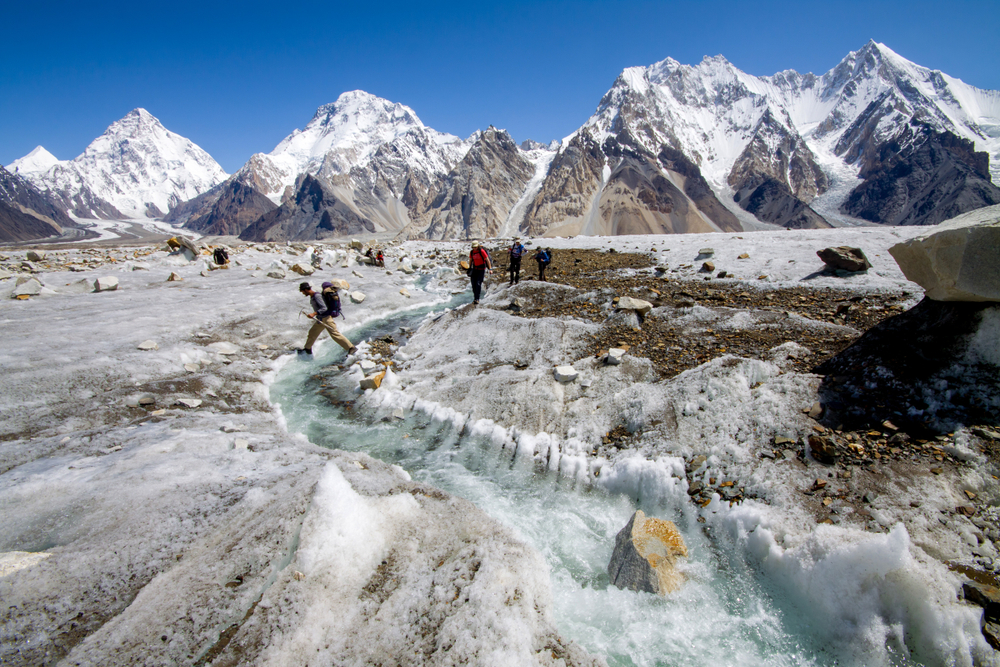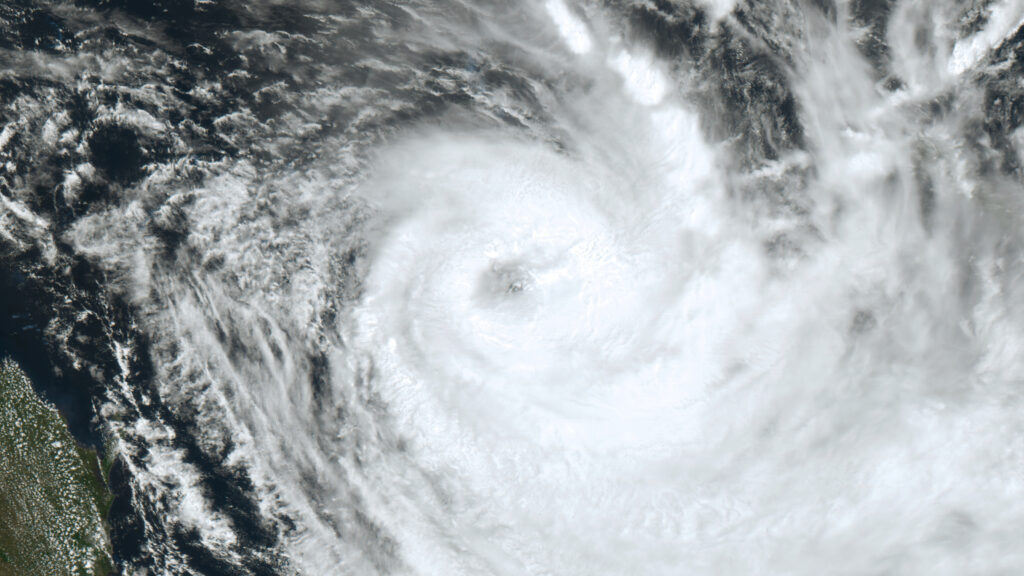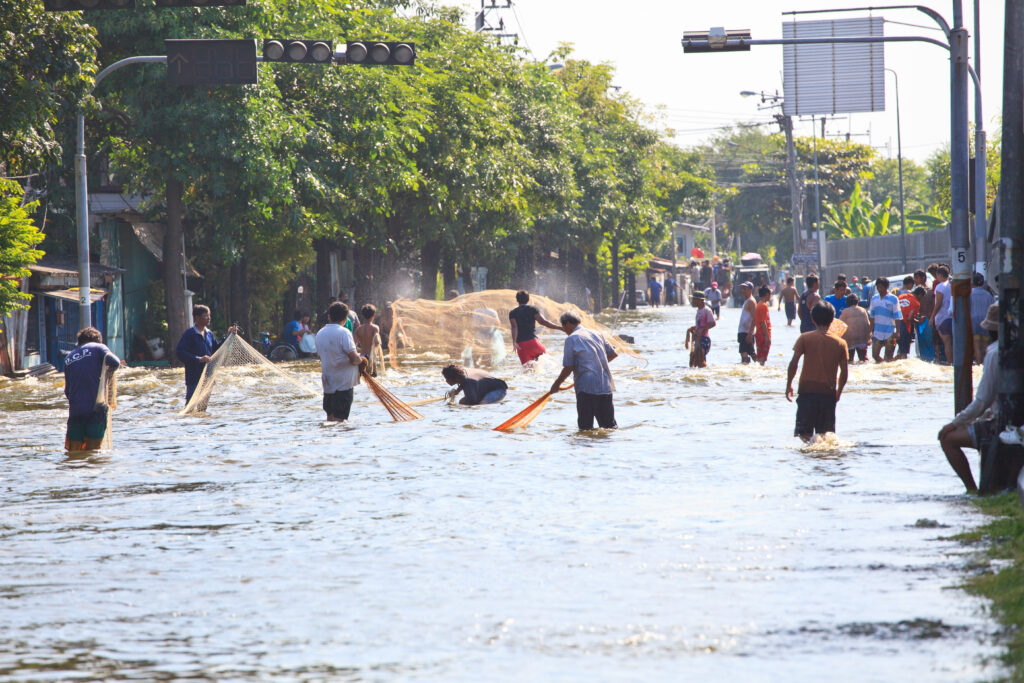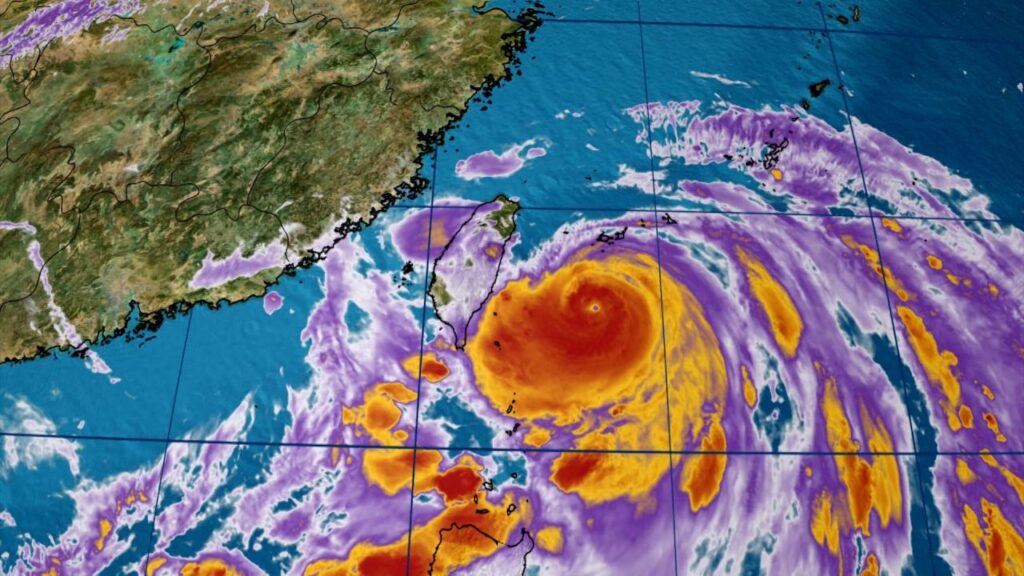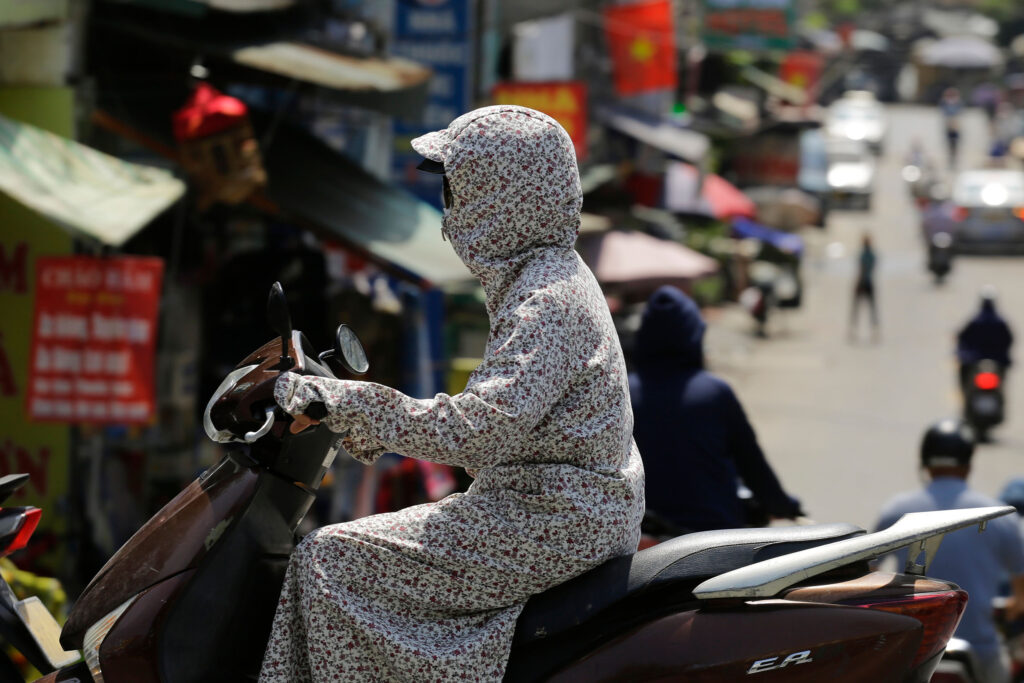India just experienced the hottest February in more than a century, and Indian farmers are suffering. If it was a one-off incident, it wouldn’t be so alarming, but it came less than a year after a record heatwave impacted hundreds of millions across South Asia, with temperatures hitting 46°C in some places.
While it is challenging to connect a specific heat event to climate change, the overall trend of more frequent, hotter, and longer heatwaves is in line with what climate scientists expect. In fact, the Intergovernmental Panel on Climate Change (IPCC), in its recent Sixth Synthesis Report, said that heatwaves will become more intense and frequent in South Asia this century.
Despite rapid urbanisation and economic growth, India remains, to this day, a mostly rural country with a huge farming sector. According to data from the India Economic Survey, 50% of the country’s workforce depends on Indian agriculture, which accounts for around 20% of the national GDP.
Indian Farmer Suicides and Climate-linked Heat
Already, there has been immeasurable human tragedy. In 2017, a study linked nearly 60,000 Indian farmer suicides to increased stress on the agricultural sector due to climate change. Worryingly, recent reports at the state level are finding that suicide rates are increasing, leading to fears that the problem is getting worse – not better.
While it is the extreme heat that often makes the headlines, the underlying cause of stress for farmers is a related climate impact: declining precipitation, says Zafar Imran, a research associate at the University of Maryland who focuses on climate change in South Asia.
“Annual average rainfall in the country has decreased by 86 millimetres between 1970 and 2015 — a nearly 8% decrease,” said Imran. “This is alarming, since more than 52% of India’s farmland is not irrigated and relies on predictable and timely rainfall.”
Less rain and more heat means more evaporation and a greater risk of crop loss. If we factor in limited access to insurance and farming families that are dependent on seasonal crops for their livelihoods, this is a recipe for disaster.
“One unmistakable factor that has catapulted India’s agriculture sector into chaos in recent decades is the change in rainfall and temperature patterns across the country,” said Imran. “In India, extreme climate events have tripled in number between 1950 and 2015.”
Indian Farmers Protest and Their Political Clout
There are political risks, too. In 2021, India saw a wave of Indian farmer protests, with hundreds of farmers converging on the capital, New Delhi, and even occupying the famous Red Fort. While there were many reasons for the protests, some farmers mentioned that the increasingly unpredictable climate was harming their livelihoods and called on the government to do more to aid farmers.
A report from the Overseas Development Institute, an Indian think tank, put out a stark warning to policy-makers in a 2021 report, stating that “heatwaves are becoming more common and severe”, and “declining agricultural productivity could increase India’s national poverty rate by 3.5% by 2040 compared to a zero-warming scenario; this equates to around 50 million more poor people that year”.
India is one of the world’s breadbaskets, and its ability to both feed itself and the world is important for food security everywhere.
In 2022, heatwaves damaged 20% of the country’s wheat crops while also harming chilli and sugarcane production. This year, the heatwave in India was so worrying that India banned wheat exports, which led to a domestic price rise and fears of inflation.
“When a climate event decimates crop production, it can jack up the crop price almost overnight in the global market,” said Imran.
The future could be even worse. The Indian Council of Agricultural Research has estimated that without action, crop yields for rice could fall by 11.5% by 2065, while wheat yields could tumble by 15.4%.
Solutions for Sustainable Agriculture Need Support to Reach Farmers
There are alternatives, such as investing in sustainable agriculture or regenerative agroforestry. The Indian federal government also should take a larger leadership role globally, not only on behalf of farmers but also to push for more funding for adaptation and resilience.
A study released last year in Environmental Challenges found that so far, in India, solutions are incremental. The authors called for “large-scale investments” and an “integrated approach” if the Indian federal government is to implement “effective policy-making towards achieving food security and farmers’ well-being”.
There is a role for the global community, too. Increased access to climate finance could allow Indian farmers to adapt to climate change through technologies like irrigation or the use of heat-tolerant seed varieties.
One thing is clear. As the planet warms, more attention needs to be paid to smallholder farmers in India and other countries at the front lines of increasingly extreme climate events.
Nithin Coca
Journalist, Japan
Nithin Coca covers climate, environment, and supply chains across Asia. He has been awarded fellowships from the Solutions Journalism Network, the Pulitzer Center, and the International Center for Journalists. His features have appeared in outlets like the Washington Post, Financial Times, Foreign Policy, The Diplomat, Foreign Affairs and more.
Nithin Coca covers climate, environment, and supply chains across Asia. He has been awarded fellowships from the Solutions Journalism Network, the Pulitzer Center, and the International Center for Journalists. His features have appeared in outlets like the Washington Post, Financial Times, Foreign Policy, The Diplomat, Foreign Affairs and more.

